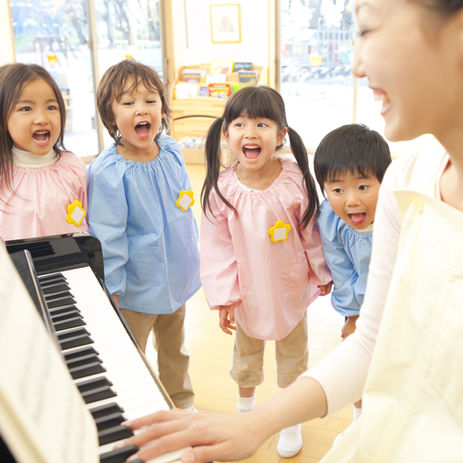Team Leadership
The ability to lead projects or people, clearly setting the course, providing explicit instructions, and maintaining close oversight to ensure tasks are completed efficiently.

Action Items
(Emphasize trust, respect, and effective communication)
Provide Leadership Opportunities
-
Classroom jobs: If applicable, encourage participation in classroom roles like "line leader" or "supply manager."
-
Starting a club: If they have a specific interest, help them start a small club with friends. This teaches them how to organize and lead a group.
-
Volunteer work: Engage in community service projects where they can take initiative and lead by example.
Team Sports
Team sports are a fantastic way for kids to develop leadership skills. They learn to communicate, motivate teammates, and make decisions, all while working towards a common goal. This shared experience teaches them responsibility and the impact of their actions on the group. Beyond leadership, sports are crucial for physical health, building discipline, and fostering resilience, making them essential for a child's overall growth.
Develop Leadership Traits
-
Teamwork and collaboration
-
Confidence and perseverance
-
Decision making and responsibility
-
Problem solving
Creative and Role Playing Games
-
These sets allow children to step into different roles, practice decision-making, and understand different perspectives.
-
Examples:
-
Doctor, Fire Station, or Police Playsets: Kids naturally take on leadership roles in these scenarios, directing the "action" and making choices.
-
Play Kitchens and Food Sets: Children can take the lead in preparing a "meal," assigning roles, and managing the "restaurant."
-
Dress-up Clothes: Encourages imaginative play and allows kids to embody different characters with various responsibilities.
Journals and Activity Books
-
These resources often provide prompts and activities to help kids reflect on leadership qualities, set goals, and understand their emotions.
Science and STEM Kits for Group Projects
-
These kits can be used in group settings to encourage organization, explanation of concepts, and guiding peers through experiments.
-
Chemistry Sets or Engineering Kits: When done in small groups, kids can take turns leading different parts of the experiment, explaining steps, and analyzing results.
-
Coding Robots (e.g., Botley, Code & Go Robot Mouse): While often individual, these can be used cooperatively where one child programs and others help troubleshoot or suggest paths, fostering problem-solving and shared goals.
Products













